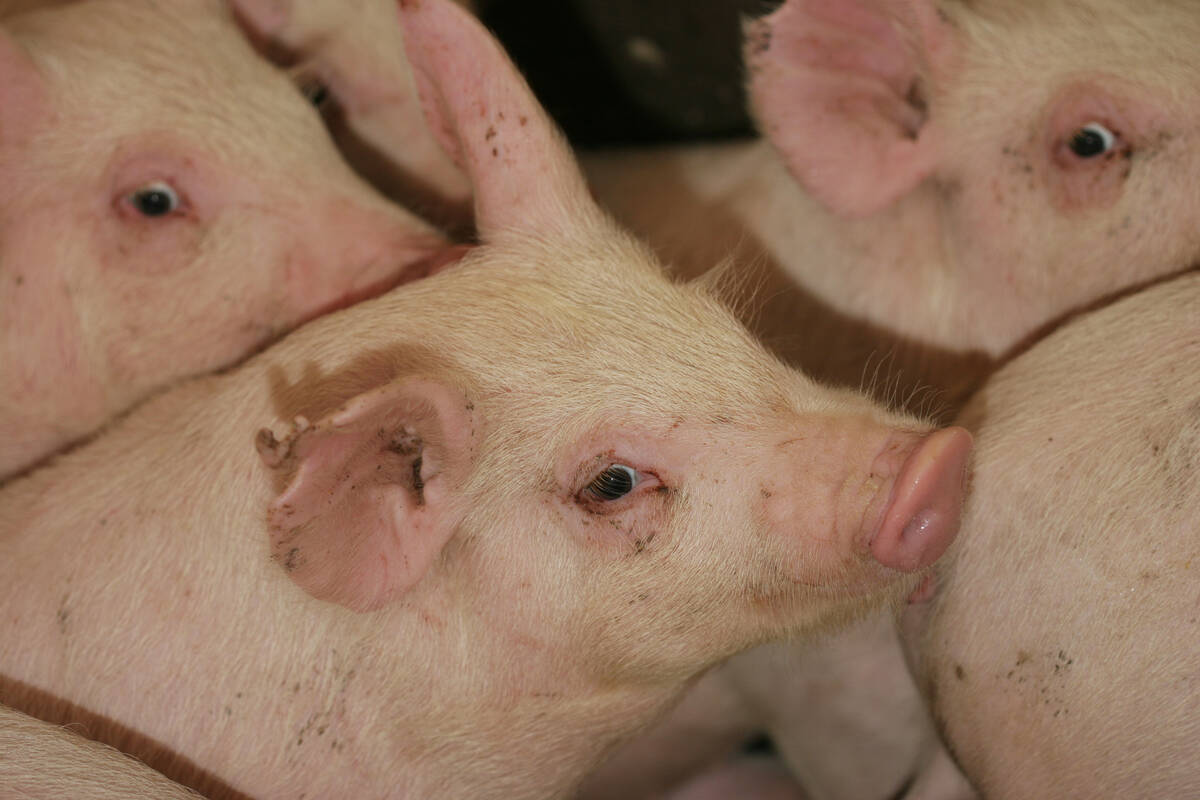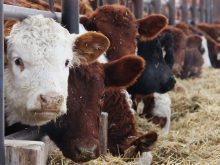Calgary livestock analyst Barbara Duckworth recently covered the National Cattlemen’s Beef Association convention in Phoenix, Arizona, and filed these reports.
PHOENIX, Ariz. – Canada is likely to find more BSE in cattle born after the 1997 feed ban, says a Canadian Food Inspection Agency veterinarian.
Audits on feed mills in 2005 found violations in a small percentage of plants handling high risk material, said Margaret Fisher, who oversees the enhanced feed ban program.
She spoke Jan. 29 at the Canada-United States working group session, which is an international animal health committee of the National Cattlemen’s Beef Association.
Read Also

The Western Producer Livestock Report – September 25, 2025
The U.S. national live price average for barrows and gilts was $81.21 Sept. 17. It was $78.37 Sept. 9. U.S. hogs averaged $106.71 on a carcass basis Sept. 17, up from $106.10 Sept. 9.
“There has been cross contamination and that is why we have born-after-the-ban cases,” she said.
In mid-2007 a strict enhanced feed ban became federal law to keep cattle feed free of ruminant material thought to be a source of BSE infection. The ban is expected to address cross contamination problems found in Canada’s 15 cases.
Similar problems have occurred in other countries where feed was contaminated and born-after-the-ban cases appeared.
“We do have an epidemiologically effective feed ban,” Fisher said. “There has been a dramatic decrease in exposure to BSE after 2007.”
CFIA investigations into Canada’s 15 cases found that most infected cattle were born in 2000-01. Only six were born before 1997.
“There has been some recycling of infected prions since 1997, but this does not mean the feed ban failed after 1997.”
Feed mills’ compliance with the ban was questioned following the discovery of two cases of BSE in Canada in January 2005, prompting the federal government to announce a CFIA review of control measures and its inspection program to assess compliance.
Records, labels and procedures were checked to make sure separate conveyances were used when manufacturing feed for different species.
Compliance was found to be 87 percent, but problems were discovered among those handling high risk materials. Five percent of those with violations presented serious problems. Of that small percentage, about a quarter had major violations in which equipment was not cleaned properly after producing non-ruminant feed before switching to cattle feed.
For example, the CFIA’s investigation of the country’s seventh case in 2006 found one of the feed mills supplying the farm failed to document a flush of equipment used to pellet 2.08 tonnes of commercial 16 percent heifer grower ration.
The equipment had previously been used to pellet a feed containing prohibited materials for non-ruminants. The load of commercial ration was delivered to the home farm of the infected animal in May 2002 and fed to cattle.
The 2007 ban should prevent this from happening in the future. Specified risk materials, including skulls, brains, nerves, eyes, tonsils, spinal cords from cattle older than 30 months and distal ileum of all animals must be removed, stained and rendered separately. The material is then disposed of in approved landfills.
The program has been costly, and Dennis Laycraft of the Canadian Cattlemen’s Association doubts it has done much to reduce risk. The cost to the cattle industry has been huge and no new beef markets have opened after the ban became law.
“You can regulate yourself out of business,” he said.















